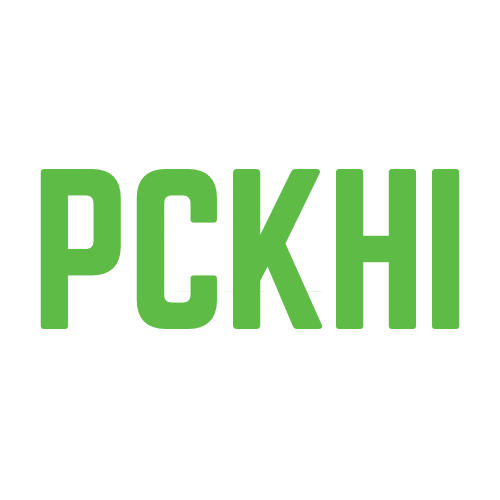Water Tank Cleaning Services
Water tanks are an essential part of every household and commercial building in Karachi, but they are often overlooked when it comes to routine cleaning and maintenance. Over time, overhead and underground tanks accumulate mud, algae, sediment, rust, bacterial biofilms, and even pests, all of which compromise the quality of your drinking, cooking, and bathing water. Contaminated water tanks are a breeding ground for harmful bacteria like E. coli, Salmonella, Legionella, and fungi that can cause diarrhea, skin infections, respiratory issues, and other health hazards. Regular cleaning is not just a matter of hygiene—it’s a matter of public health. We offer professional water tank cleaning services in Karachi for homes, apartments, commercial buildings, schools, mosques, restaurants, and hospitals. Our multi-step process ensures your tank is completely cleaned, disinfected, and safe for use.

What’s Included in Our Water Tank Cleaning Service
Our cleaning service is designed to completely flush, clean, disinfect, and restore your water tank, whether it’s underground, overhead, plastic, cement, or fiberglass.
- Manual scrubbing of inner walls and floor of the tank
- Mud and sludge removal from bottom layers
- Anti-bacterial chemical wash to kill harmful germs
- High-pressure water jet spray for corners and hard-to-reach areas
- Disinfection of inlet/outlet pipes and float valve systems
- Final rinsing and drying of the tank
- Optional chlorination treatment for enhanced water quality
- Service completion report with visual inspection
How Water Tank Cleaning is Delivered
Our water tank cleaning process follows a step-by-step methodology designed to ensure your tank is hygienically safe, odor-free, and ready for water storage.
Step-by-Step Delivery Process
- Drainage of Tank
- We begin by completely draining the water tank. This helps us assess residue level, algae growth, and sediment buildup.
- Manual Scrubbing
- Using non-corrosive brushes and eco-friendly agents, we scrub the walls, ceiling, and floor to remove biofilm, mold, and mineral deposits.
- High-Pressure Jet Wash
- Pressurized water is sprayed to dislodge debris from corners and joints of the tank that manual cleaning can’t reach.
- Anti-Bacterial Chemical Treatment
- We use approved, non-toxic disinfectants to sanitize the tank and kill harmful bacteria, viruses, and parasites.
- Pipe and Valve Disinfection
- We clean and disinfect the inlet and outlet pipes, as well as any attached ball valves or filtration systems.
- Final Rinse and Drying
- A thorough rinse removes all cleaning agents. The tank is then dried and inspected to ensure it’s ready for safe water storage.
What You Can Expect Before, During & After Service
Before Service
- We ask that you inform household members to avoid water usage during the cleaning.
- Clear the path to water tank access areas, whether rooftop or basement.
During Service
- Our team brings all equipment, disinfectants, and protective gear.
- Cleaning takes approximately 1–2 hours per tank, depending on size and condition.
After Service
- The tank is left dry, odor-free, and germ-free.
- We recommend refilling the tank with fresh water only.
- You’ll receive basic tips for maintaining water hygiene.
Types of Water Tanks We Clean
We provide cleaning services for all types and sizes of tanks:
- Overhead Tanks – Plastic or cement tanks on rooftops
- Underground Tanks – Usually concrete tanks installed below buildings
- Fiberglass & Polyethylene Tanks – Often used in modern housing schemes
- Dual Tank Systems – Where overhead and underground tanks are interconnected
- Industrial Water Tanks – Found in factories, warehouses, and large commercial setups
Insect Control Services
How Often Should You Clean Your Water Tank?
Health experts and municipal authorities recommend:
- Every 6 months for residential tanks
- Every 3–4 months for hospitals, food businesses, and schools
- More frequently if you see:
- Muddy or discolored water
- Bad smell from taps
- Sediment in glasses or buckets
- Mosquito larvae or floating particles
Regular cleaning helps maintain safe water quality and extends the lifespan of your tank.
Service Area Locations
Why Home Remedies Aren’t Enough
People often rely on home methods like adding bleach or manually scrubbing the tank. But these approaches:
- Don’t fully disinfect bacteria and viral colonies
- Miss unreachable zones, especially in large tanks
- Leave chemical residues or chlorine imbalance if not handled properly
- Fail to address pipe hygiene and sediment buildup
Our service uses controlled disinfection methods that are safe, certified, and lab-tested to ensure your water is truly safe.
FAQs
Is your cleaning safe for drinking water storage?
Yes. We use food-safe disinfectants and cleaning agents that are completely safe for potable water once the tank is refilled.
How long does the tank need to be out of service?
The entire process takes 1 to 2 hours per tank. You can refill and begin using the tank the same day after service.
Will there be any chemical smell or residue?
No. Our process includes multiple rinses to ensure no chemical residue or odor remains.
Can I clean the tank myself instead?
You can, but professional cleaning ensures disinfection, reaches blind spots, and includes pipe treatment, things DIY often misses.
Do you also clean underground tanks?
Absolutely. We clean both underground and rooftop water tanks, regardless of shape, size, or accessibility.
